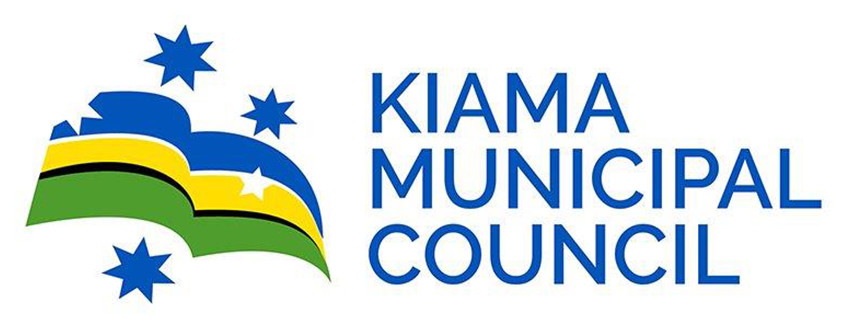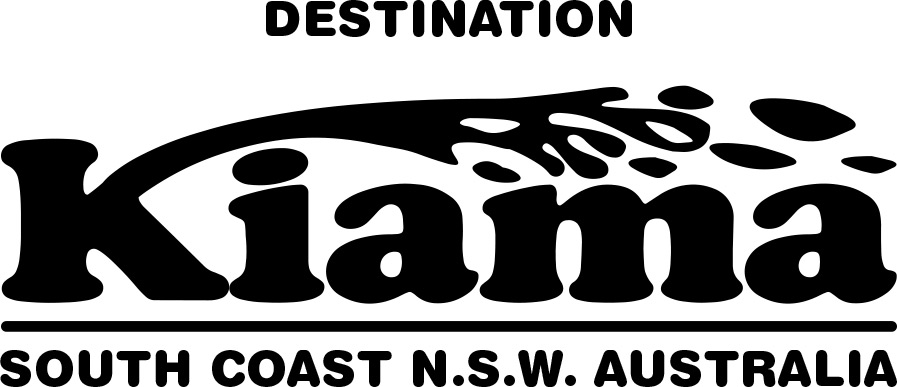By Roger Sleeman
Since the early 1960’s, Australian football has produced an abundance of highly talented players
including John Warren, John Watkiss,Brian Smith, Ron Giles, Max Tolson, Frank Cush, Denis Wright,
Manfred Schaefer, Col Curran,John Doyle, John Perin, Billy Vojtek, Peter Fuzes, Denis Yaager, Terry
Butler, Gary Marocchi, Ray Baartz, Peter Katholos, Mark Jankovics, Rene Colusso, Murray Barnes,
Kevin Mullen,Eddie Krncevic, Alan Davidson,Craig Johnston, Peter Sharne, David Lowe, Rod
Brown,Paul Carter, Jim Patikas,Marshall Soper,Peter Raskopoulos,Oscar Crino, David Mitchell,
Robbie Slater, Ian Hunter, Frank Farina,Scott Ollerenshaw,Alex Tobin,Paul Trimboli,Paul Okon,Ned
Zelic, Damien Mori, Mark Bosnich, Mark Schwarzer,Stan Lazaridis, Steve Corica, Tony and Aurelio
Vidmar, Brett Holman, Brett Emerton, Lucas Neill and Tim Cahill.
Many of these players carved successful overseas careers but others chose to play domestic football
in Australia due to lack of opportunity or a failure to satisfy overseas visa requirements.
However, due to the lack of blanket media coverage which is a feature of the A- League, they didn’t
receive the exposure of current players.
Nevertheless, despite qualification for the last three World Cups, there is a frightening absence of
quality players in the national team and a dearth of local talent in the A- League .
.Also, since 2003 there has been a total failure at youth level.
In 2007, the FFA in its wisdom, appointed Rob Baan as its first technical director who was succeeded
by Haan Berger in 2009.
One of their main tasks was to develop a national curriculum which would define a standardised
structure to develop the game.
In September, 2014, Eric Abrams from the Belgian youth system was appointed as the new technical
director.
Abrams is determined to carry on the work of his predecessors and to lead the game into a new era.
In this interview with Roger Sleeman, Abrams examines the value of the curriculum, the progress at
youth level, the current standard of the game and where he believes it’s heading.
ROGER SLEEMAN
Could you outline your background in football?
ERIC ABRAMS
I played mainly as a semi professional in Belgian Division 1 to 4 from 1975 until 1987 but due to my
studies in physical education, playing at a higher level was compromised.
I became interested in coaching at the age of 29 and after qualifiying, I was approached to become a
tutor of coaches. This led me to become a head coach at lower levels, followed by my selection as a
technical director at youth level.
Racing Genk appointed me in 1998 to become their technical director but it was only part time so I
continued with my physical education teaching in school.
Obviously, I was looking for a full time job at Genk but this didn’t happen so I was fortunate to be
approached by the Belgian Federation to be a tutor for new coaches.
I was part of the group which was instrumental in implementing the new Belgian curriculum in 1998,
and in that year became involved with the Top Schools Sports Program which was very successful in
achieving high performance in high schools.
Approximately 60% of the Belgian World Cup squad in Brazil came through the Top Schools program,
including Witsel, Alderweireld, Courtois, Mertens and Dembele.
From 2002-13 I was head coach of the Belgian u15-17 s.
R.S.
What was your first impression of Australian football?
E.A.
I was positively surprised when I attended the National Youth Championships in September, 2014,
but if there was any weakness it was the lack of variation in play.
However, this was no different to Belgium when the new curriculum was introduced in 1998.
I first witnessed the A- League Sydney derby in October, 2014, and was surprised that the standard
was much higher than I anticipated.
In the last two years the level of the game has risen which was clearly evidenced in the recent
Melbourne Victory v Brisbane clash where there was some great football on view.
R.S.
When you came to Australia, did you think of speaking to people like Les Scheinflug, the former
highly successful youth coach, and other former Socceroos?
E.A.
I spoke to Tony Popovic, John Aloisi and Kevin Muscat, and Sean Douglas (FFA Head of Coach
Education) and I are very keen to have former players participating to gain their B Licence.
However, like in Belgium with former players, the former Socceroos must understand there’s a
difference between being a player and becoming a coach.
R.S.
What do think of the National Curriculum?
E.A.
When I was involved with the curriculum in Belgium, it was closely aligned to the Dutch system so I
was familiar with the content of the local version written by Rob Baan and Haan Berger.
Belgium achieved great success in the 1982 and 1986 World Cups based on a tight defensive unit
and a fluid counter attacking style.
When we added an attacking brand with more emphasis on possession football, the combination
was instrumental in achieving the current world ranking.
In the local curriculum there are many positives but it must be understood, it’s a framework, not a
bible.
For the under 13 – 16 groups ,its important players follow the same system and beyond that, to
senior level, they may change playing patterns.
R.S.
Despite the curriculum, technical levels are very poor, particularly the inability of players to use both
sides of their bodies.
What are your views on this?
E.A.
Youth development is about developing strengths of players but look at Maradona who was all left
foot and Messi who almost totally favours his left side.
R.S.
But Maradona had the ability to move his weight to his right side and still use his left foot which is a
rare skill.
Also Messi was neutralised by Chile in the last Copa Libertadores when the Chileans closed down his
left side and made him play down his right side. This was crucial in the victory for them over
Argentina as Messi was neutralised for large parts of the game.
E.A.
We are trying to encourage two sided players in the SAP program but one of the real problems is
there isn’t enough real playing time for young players , unlike in South America, Europe and Africa
where kids play in the streets many hours in the day.
More game time is required to develop technique, not just individual coaching.
Look at Kevin de Bruyn who wasn’t developed by coaches because he developed himself.
Coaches can be too instructive and players must learn also on a trial and error basis.
The truth is there’s too much emphasis on winning in the younger age groups and this should be the
time when they experiment.
R.S.
I’m convinced that people like John Doyle who was largely responsible for the success of Tim Cahill
would say that the development of technique at a young age is critical because this allows players to
integrate into team structures as they reach a higher level.
E.A.
Certainly we have to raise the bar in youth development and particularly look at the NPL standards
so more players graduate into the A- League.
R.S.
You talk about possession football and as it applies to the A- League, it’s becoming rather
predictable.
For example, players like Tarek Elrich and Scott Neville stop their progress when they’re closed down
and pass the ball back or play square balls to fellow defenders.
They rarely try to beat opponents or play one two’s to penetrate defences so how can we change
this?
E.A.
We have to take account where these players come from and I’m looking at this analysis to be
integrated into the next generation of youth development to create more adaptable players.
We must get more coaches on board with this philosophy, and remembering the curriculum was
only introduced in full during 2013, while in Belgium it took 15 years from 1998-2013 before the
national team reached such a high level.
R.S.
Brad Smith is a perfect example of the one sided player who is great going forward but is totally lost
when he’s forced onto his right side. He then merely lays the ball square to Jedinak or back to
Spiranovic or Sainsbury.
How can we deal with this lack of technique for a player who is currently our number one left back
but can’t get a start at Bournemouth?
E.A.
We must build on his strengths and work on these other points but I would ask you to name 10 good
left backs in Europe.
R.S
There are many and the subtle fact is they’re playing first team football which Smith isn’t.
E.A.
Critically, we are working on these issues in the Westfields Schools High Performance Program.
R.S.
A few weeks ago , Graham Arnold was quoted as saying Sydney F.C. had the best youth development
system in the country but not one player has graduated into the first team this year.
Can you explain this?
E.A.
Sydney FC only started its academy this year and its application for accreditation was submitted
recently.
Also with the success of the team, it’s hard to promote untried players but Arnold will surely
promote players like he did with Alex Gersbach when he believes they’re ready.
R.S.
Gersbach is another player who is totally one sided and never coached on his right side This severely
restricts his ability to continue playing forward if he’s closed down on his left side and his normal
response is to play the ball backwards.
E.A.
Yes, there must be more individual coaching and it’s crucial at the NYL level
In the case of Sydney’s NYL squad, it’s a positive their playing in the NPL this year which means
they’re getting more game time which can only enhance the players’ chances of graduating to first
team football in the A- League.
R.S.
There was a perfect opportunity for a NYL curtain raiser to be played before the recent Sydney
derby.
It worked perfectly in the NSL so why can’t we showcase youth players to A-League supporters?
E.A.
I believe the NSL Youth League was a very high standard and a great pathway for the best young
players to progress so maybe there is a message there.
R.S.
The A- League is currently propped up by some outstanding imports like Fornaroli, Berisha, Keogh,
Brandan, Kristensen, Jacobsen, Ninkovic and Holosko.
Where are the younger players coming through?
E.A.
This is happening all over the world but if the young players can learn from these players, the game
will only benefit.
Thankfully, there are great opportunities for young players at clubs like Newcastle and Central Coast
who are committed to developing and playing local talent at the highest level.
R.S.
Very few of our national team players are playing regularly at first team level overseas apart from
Mooy, Jedinak, Luongo and Sainsbury.
Where is the system going wrong?
E.A.
This is disappointing but all credit to Ange Postecoglou for the Asian Cup victory in spite of this
situation.
From my standpoint, the curriculum was only introduced in 2013 so it will take time to raise playing
standards just as it did in Belgium.
R.S.
But the game was played here before 2013 and from the 1960’s till the early 2000’s we had a large
production line of local players, many who were very successful in Europe.
E.A.
There were longer seasons and more clubs in the old state leagues and NSL and unfortunately
playing time has been reduced for young players so we have to reverse this to return to the previous
situation.



